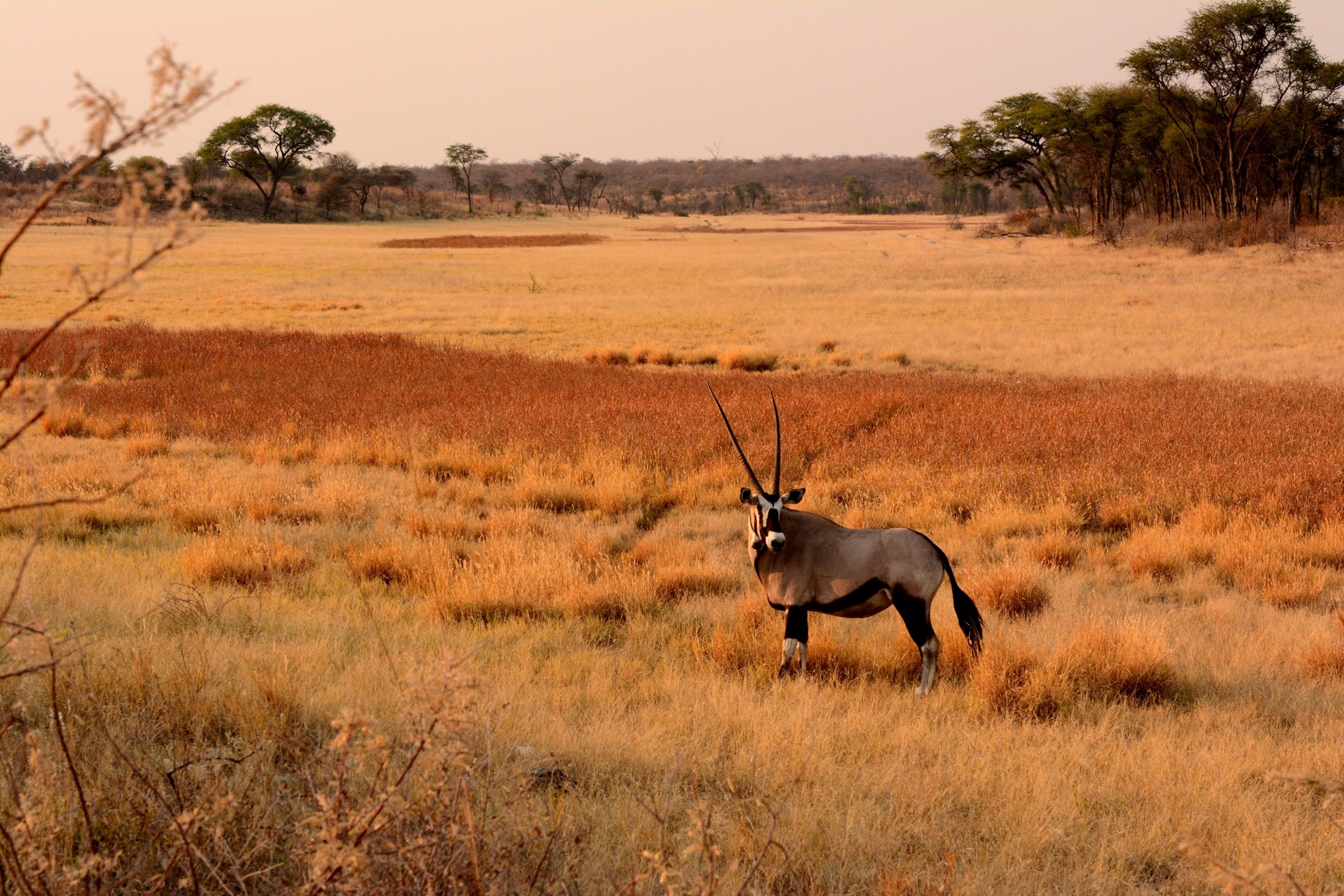Biologging body temperature to quantify internal physiological state within the movement ecology paradigm
Robyn Hetem
University of the Witwatersrand, South Africa
University of Canterbury, New Zealand

Movement paths depend on an individual’s internal or physiological state (why move?). Recent advances in biologging technology allow for incorporation of physiological variables, such as heart rate and accelerometery, into studies of movement ecology. Biologging of body temperature may provide additional insights. Body temperature not only provides a measure of thermal stress, but also an index of animal well-being through quantification of nutrition, hydration and disease state. When food quality and quantity are limited, endotherms struggle to maintain a sufficiently high metabolism to sustain body temperature above ambient temperature, as a result minimum 24h body temperatures decline. When endotherms are exposed to hot and dry environments, they appear to prioritize conservation of body water reserves over the use of evaporative cooling (sweating or panting) to regulate of body temperature, such that maximum 24h body temperatures increase. Many pathogens induce a febrile response (sustained elevation of body temperature). Body temperature therefore allows quantification of an individual’s internal physiological state, which may in turn drive movement decisions. Decreased minimum 24h body temperatures may drive a herbivore to search for green foraging patches or a carnivore to seek successful hunting opportunities. Increased maximum 24h body temperature may force an individual to seek surface water, if available. Sickness behaviours that accompany fevers may alter an individual’s motivation to forage (anorexia) or move (lethargy). Integrating measures of body temperature with fine scale GPS locations may provide a mechanistic understanding of animal movement, crucial for developing realistic predictive models to improve conservation efforts in the Anthropocene.









You must be logged in to post a comment.